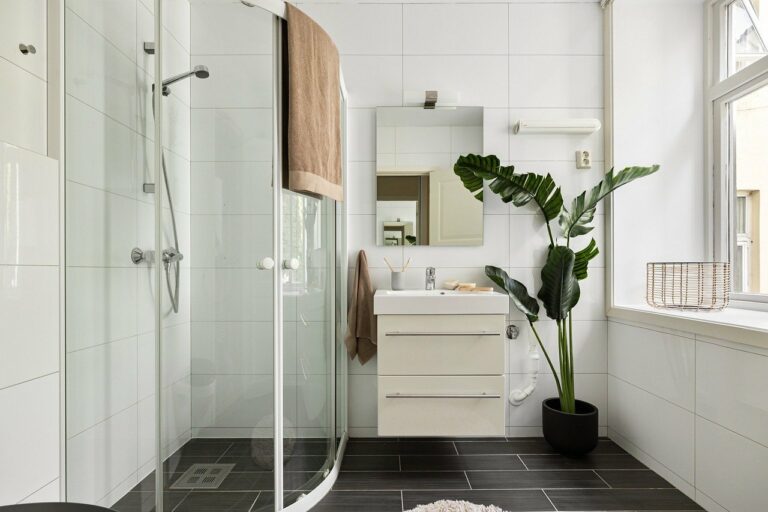Creating a Sustainable Balcony Garden: Greenery in Urban Settings
When embarking on the journey of balcony gardening, it is crucial to prioritize sustainability in your practices. One key principle is to opt for organic and eco-friendly materials such as compost, natural fertilizers, and biodegradable pots to reduce the environmental impact of your garden. By choosing sustainable products, you can create a healthier and more eco-conscious gardening space.
Another important principle to keep in mind is efficient water usage. Implementing water-saving techniques such as drip irrigation, collecting rainwater, and using self-watering containers can help conserve water and minimize waste in your balcony garden. By being mindful of your water consumption, you can contribute to a more sustainable and eco-friendly urban environment.
Selecting the Right Plants for Urban Environments
When choosing plants for urban environments, it’s crucial to consider the specific conditions of your balcony. Opt for plants that can thrive in limited space and adapt well to the urban setting. Look for varieties that are resilient to pollution, as city air may contain higher levels of pollutants compared to rural areas.
Select plants that are low-maintenance and drought-tolerant to withstand the often unpredictable watering schedules that come with city living. Succulents, herbs like rosemary and thyme, as well as ornamental grasses, are excellent choices for urban balconies. Additionally, consider the available sunlight on your balcony when selecting plants, as some varieties require full sun while others thrive in partial shade. By choosing plants that are well-suited to urban environments, you can create a flourishing green oasis in the midst of the city’s hustle and bustle.
Understanding Light and Water Requirements
When it comes to balcony gardening, the importance of understanding light and water requirements cannot be overlooked. Light is essential for plants to undergo photosynthesis and thrive. Different plants have varying light requirements, with some needing full sun, others preferring partial shade, and some thriving in full shade. It is crucial to assess the amount of sunlight your balcony receives throughout the day to determine the appropriate plants to grow.
In addition to light, water is another vital factor in balcony gardening. Overwatering or underwatering can both be detrimental to plant health. Each plant type has specific water requirements, with some needing frequent watering while others prefer to dry out between waterings. Understanding the individual water needs of your plants and monitoring the moisture levels in the soil is key to ensuring their optimal growth and development.
How do I determine the light requirements for my balcony plants?
You can determine the light requirements for your balcony plants by observing how much direct sunlight your balcony receives throughout the day. Most plants will have specific light requirements, such as full sun, partial shade, or full shade.
How often should I water my balcony plants?
The frequency of watering your balcony plants will depend on factors such as the type of plant, the season, and the weather conditions. It’s best to check the soil moisture levels regularly and water when the top inch of soil feels dry.
What are some signs that my balcony plants are receiving too much or too little light?
Signs that your balcony plants are receiving too much light include scorched or yellowing leaves, while signs of too little light include leggy growth or pale leaves. It’s important to adjust the placement of your plants accordingly to ensure they receive the right amount of light.
How can I improve the water retention in my balcony garden?
You can improve water retention in your balcony garden by using mulch, incorporating water-saving techniques such as watering early in the morning or evening, and choosing plants that are drought-tolerant. Additionally, using containers with good drainage holes can help prevent waterlogging.







